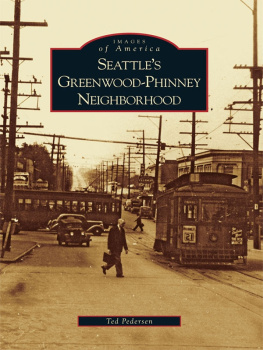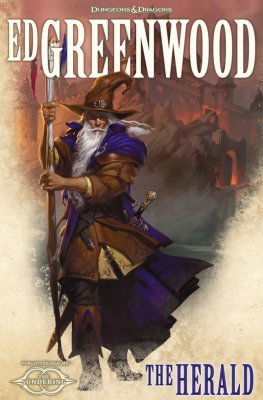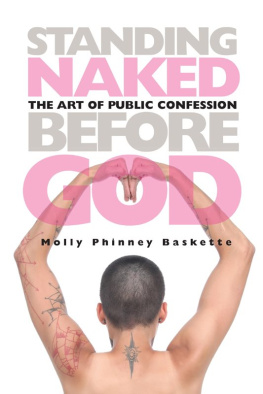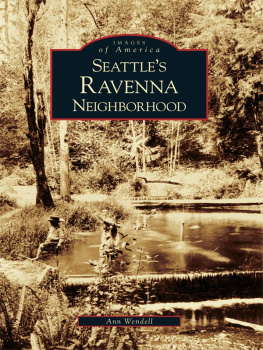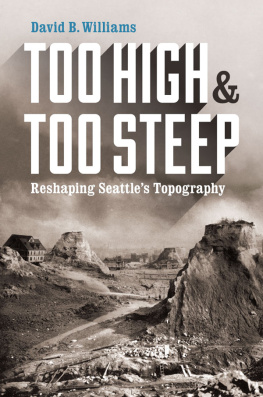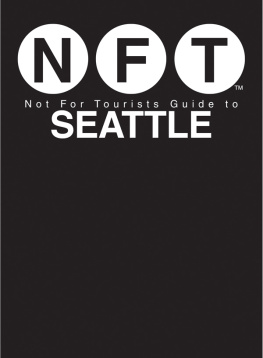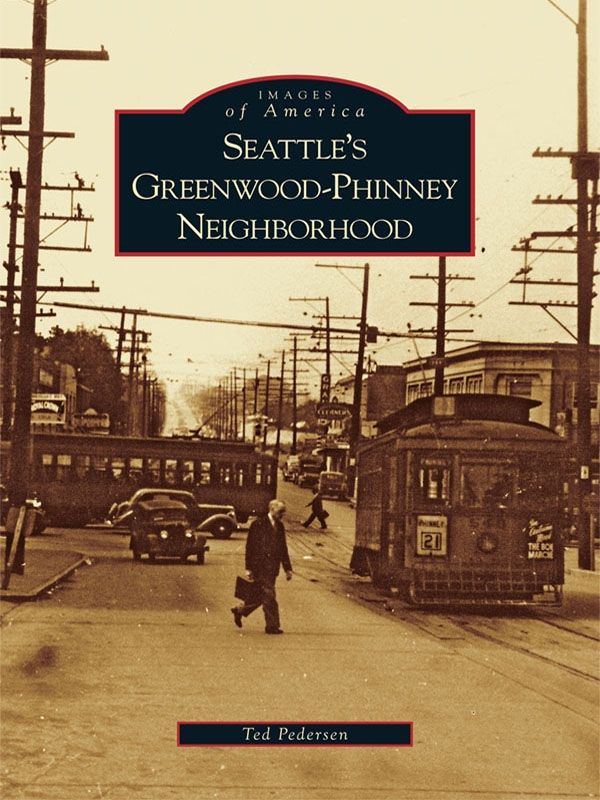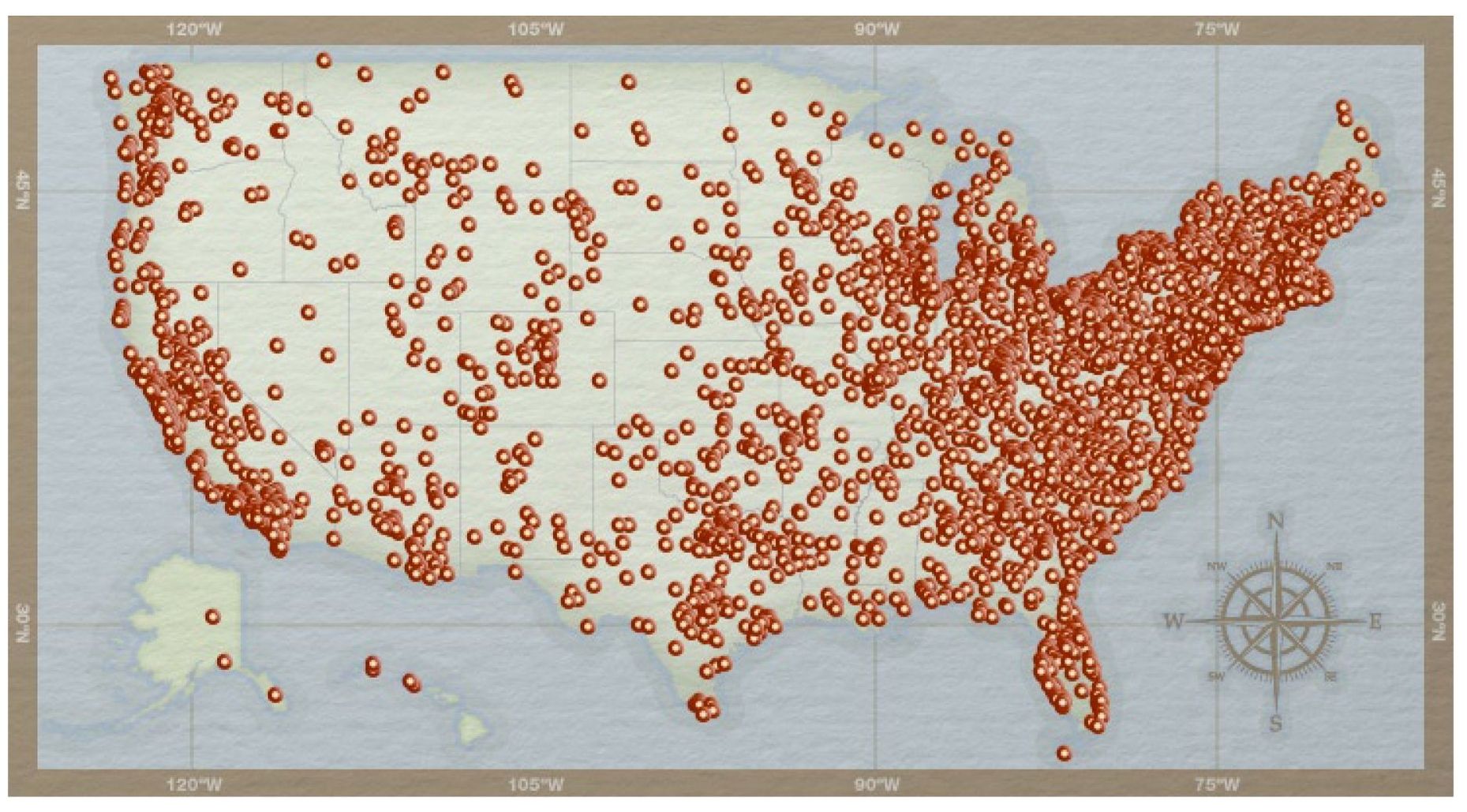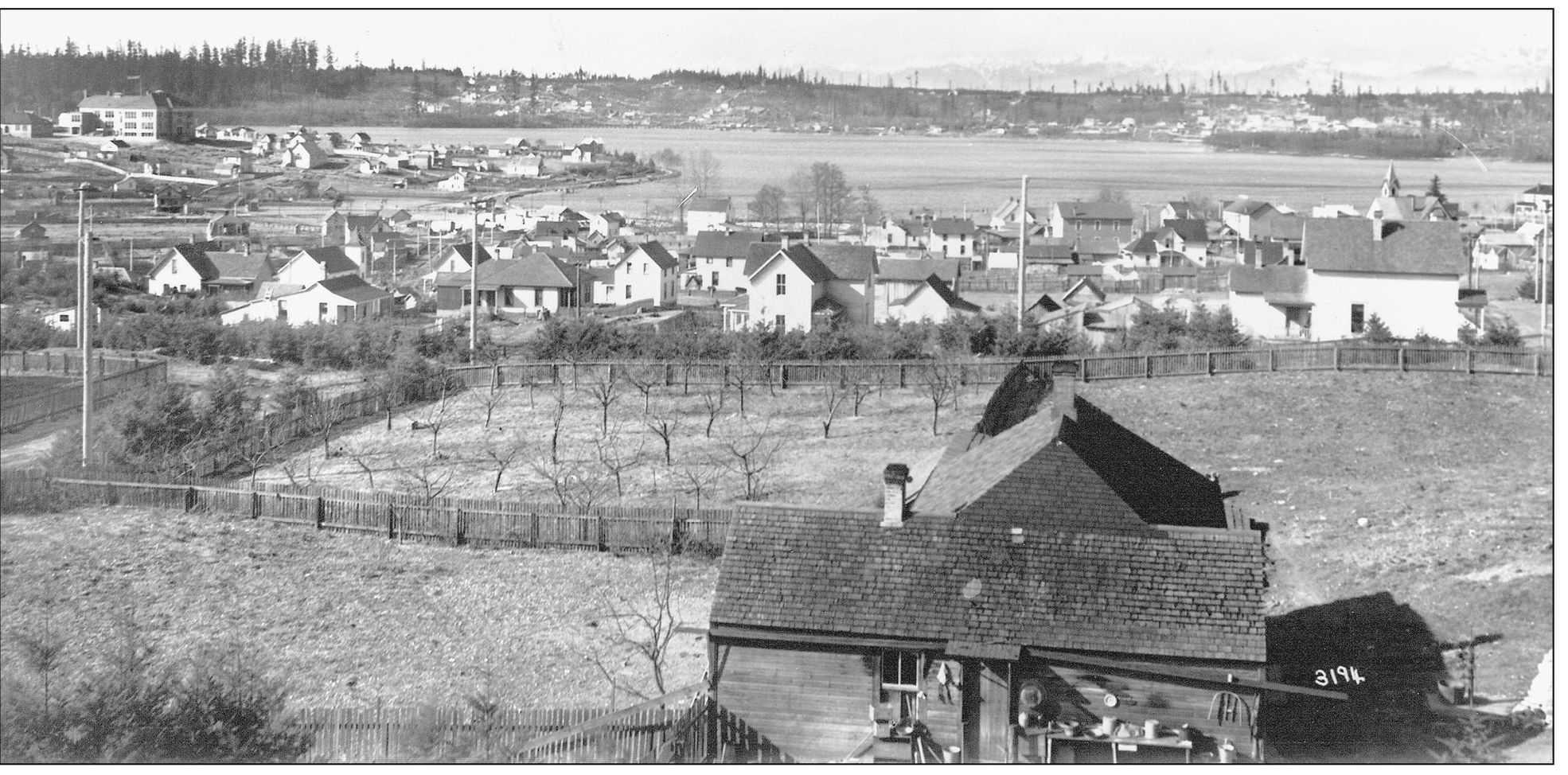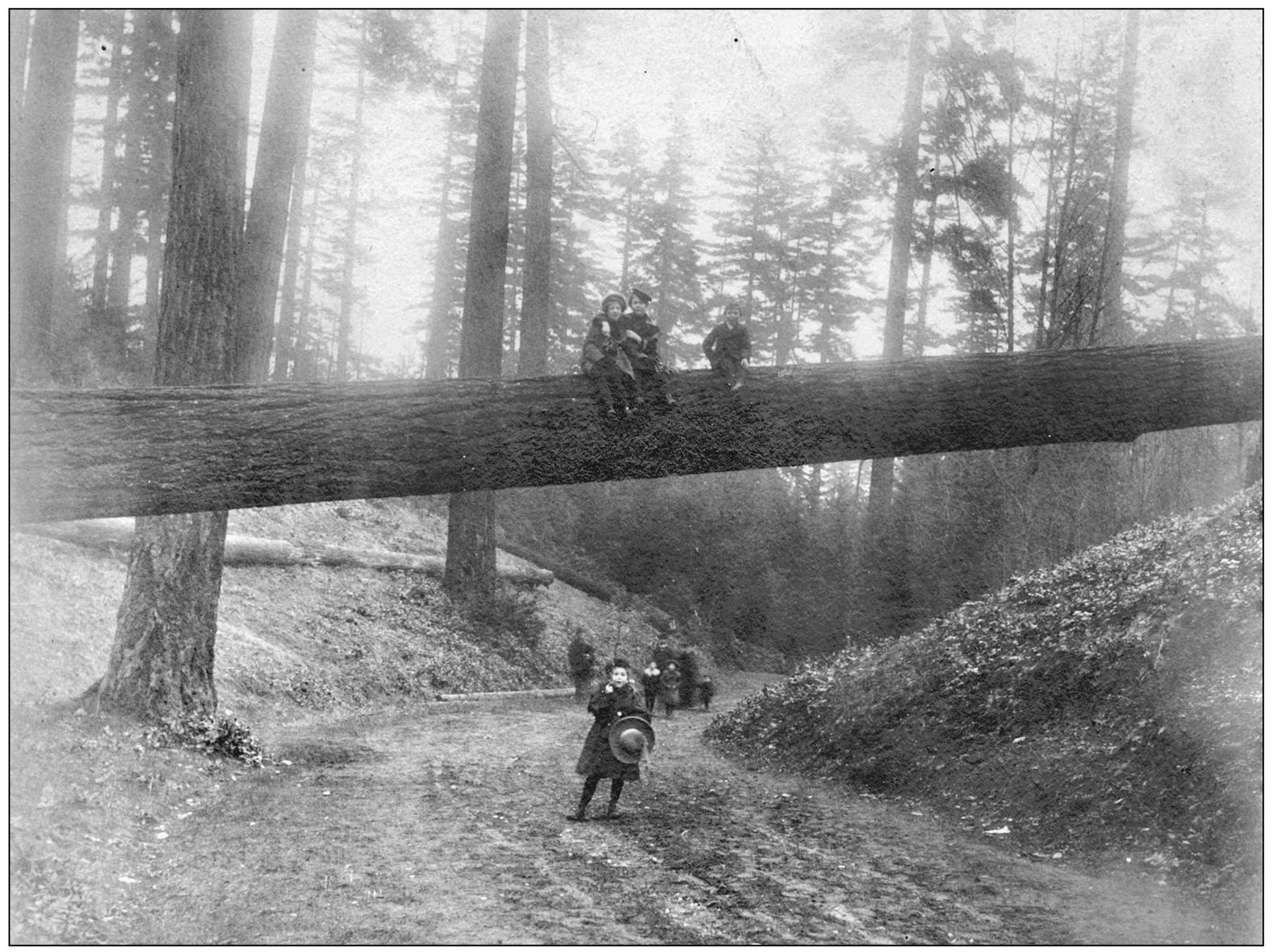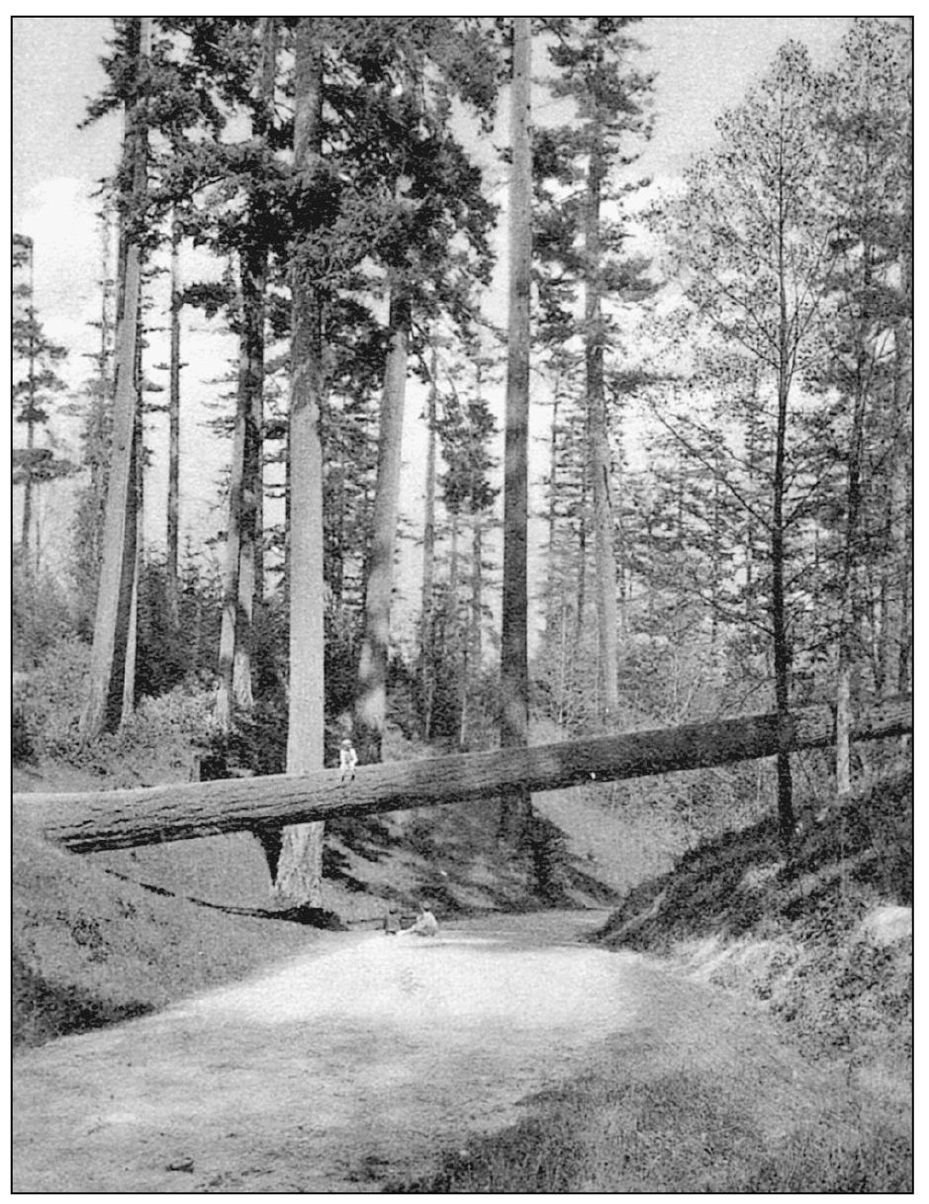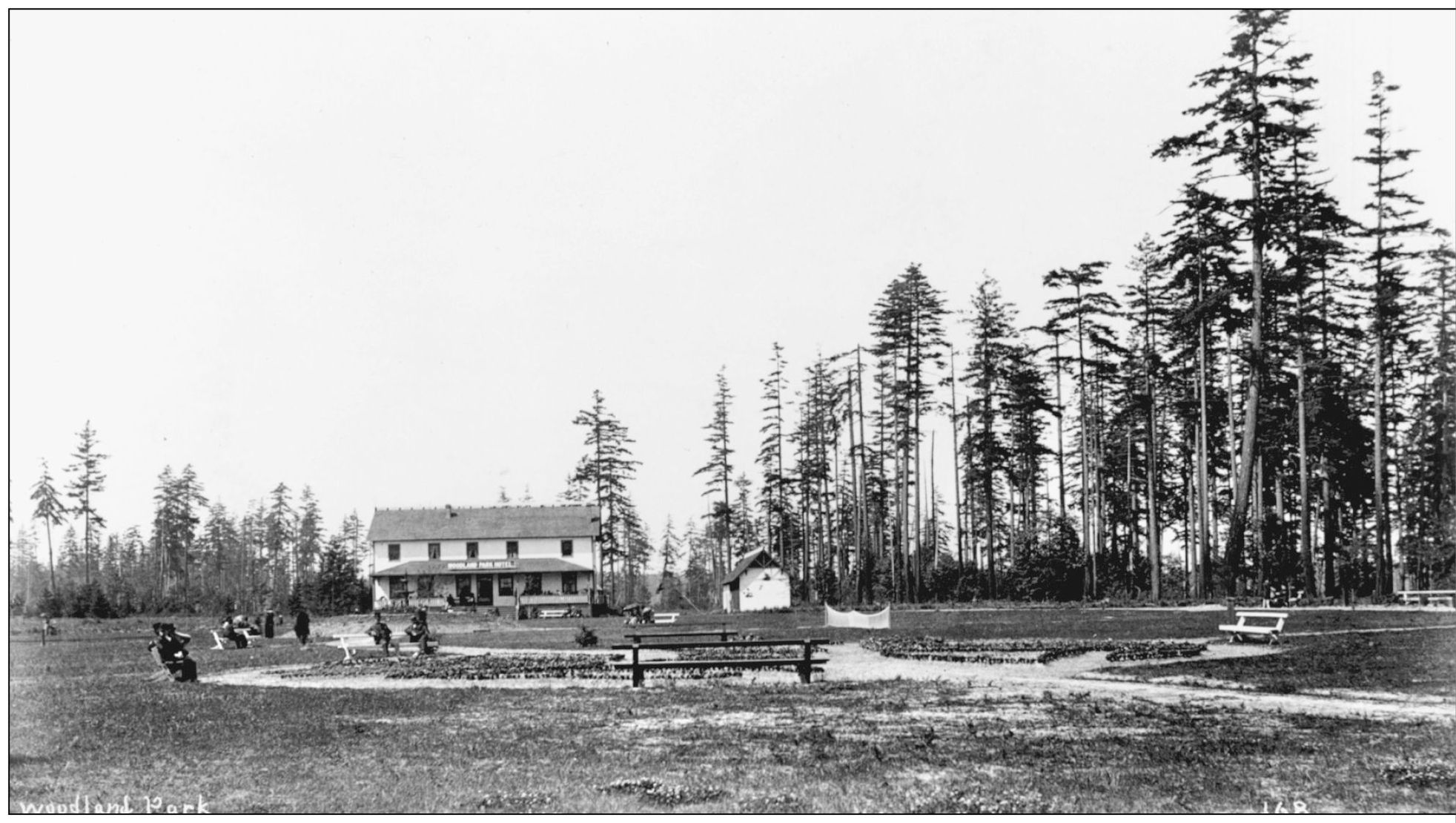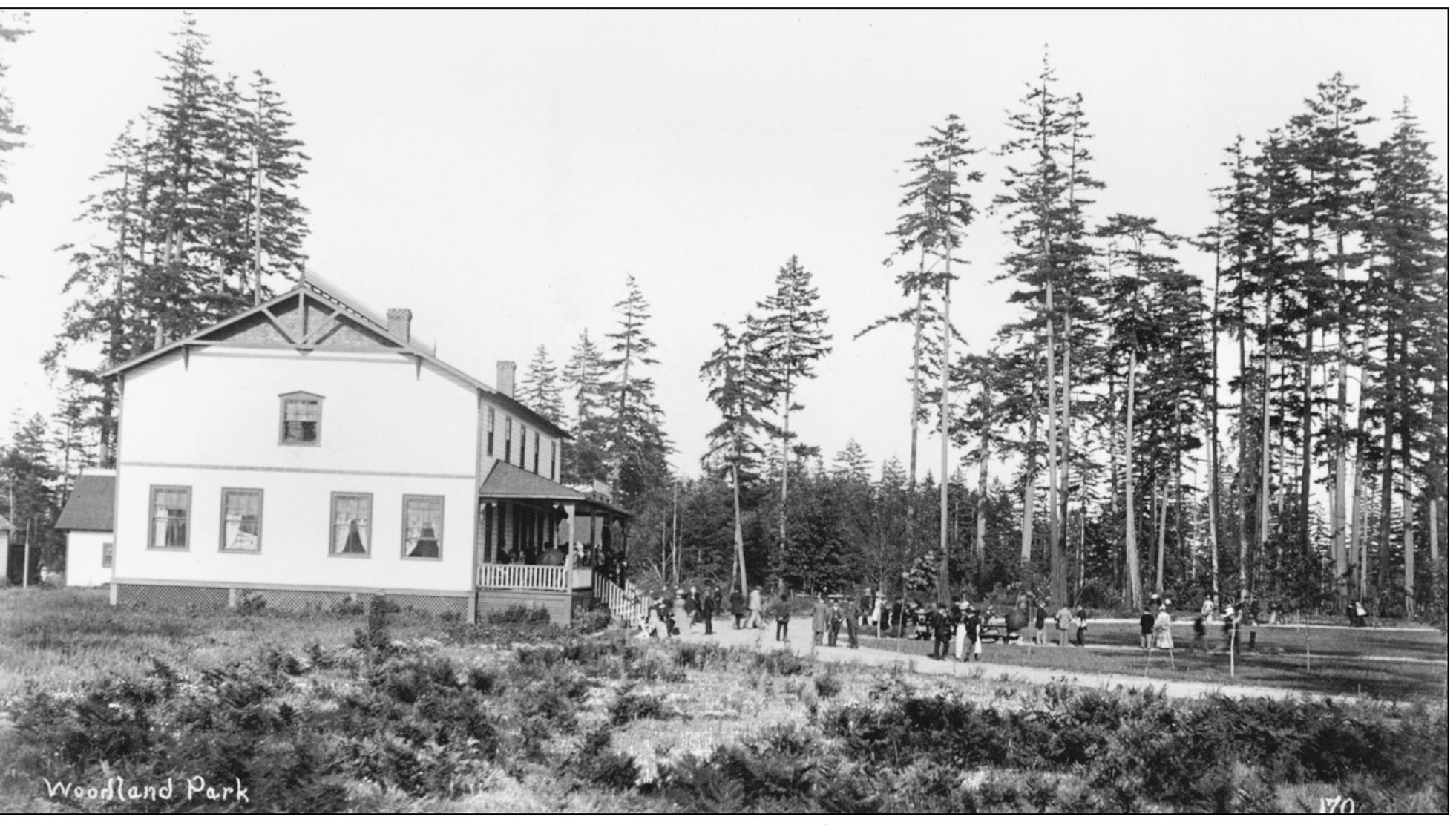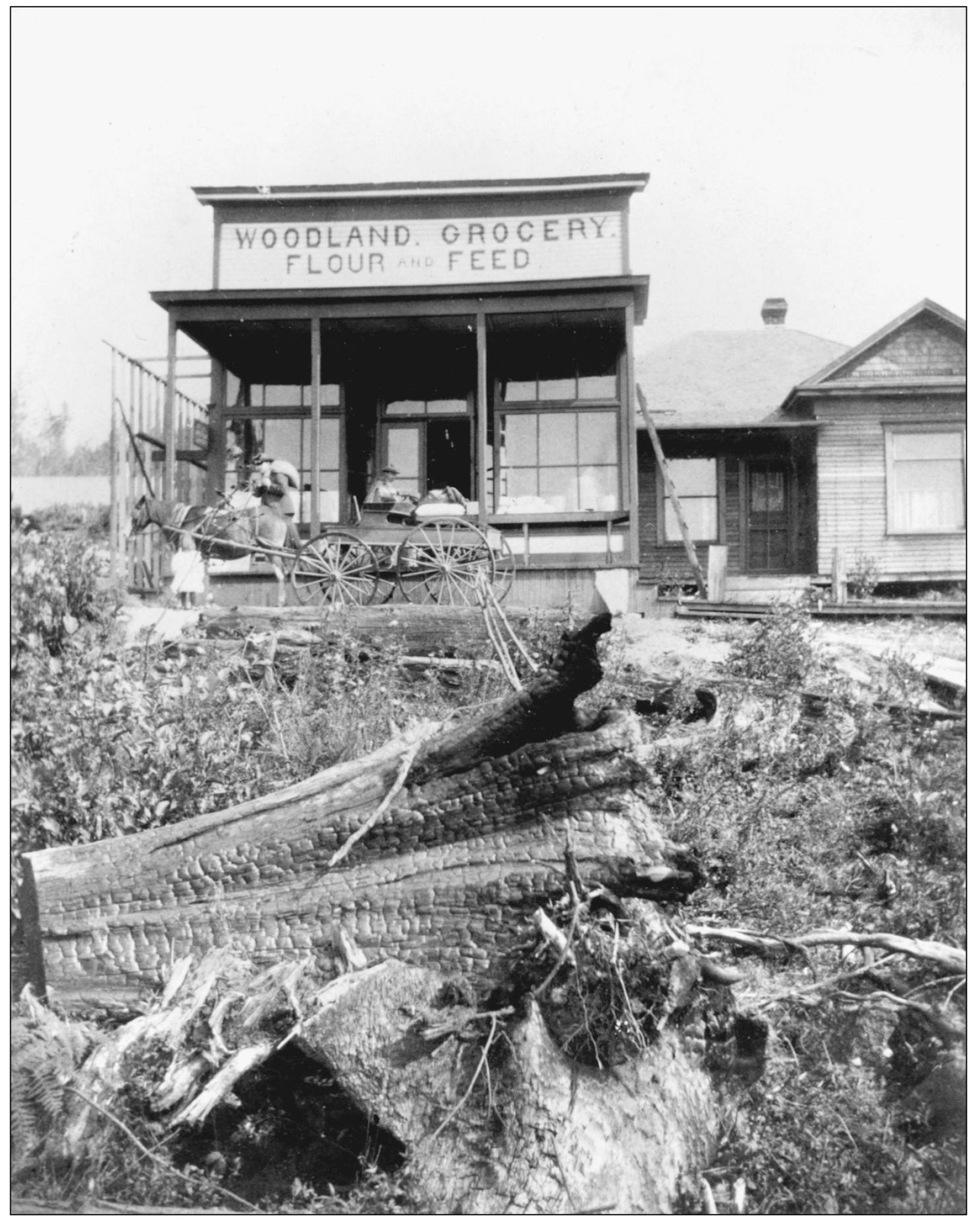Ted Pedersen - Seattles Greenwood-Phinney Neighborhood
Here you can read online Ted Pedersen - Seattles Greenwood-Phinney Neighborhood full text of the book (entire story) in english for free. Download pdf and epub, get meaning, cover and reviews about this ebook. year: 2008, publisher: Arcadia Publishing, genre: Non-fiction. Description of the work, (preface) as well as reviews are available. Best literature library LitArk.com created for fans of good reading and offers a wide selection of genres:
Romance novel
Science fiction
Adventure
Detective
Science
History
Home and family
Prose
Art
Politics
Computer
Non-fiction
Religion
Business
Children
Humor
Choose a favorite category and find really read worthwhile books. Enjoy immersion in the world of imagination, feel the emotions of the characters or learn something new for yourself, make an fascinating discovery.
- Book:Seattles Greenwood-Phinney Neighborhood
- Author:
- Publisher:Arcadia Publishing
- Genre:
- Year:2008
- Rating:5 / 5
- Favourites:Add to favourites
- Your mark:
Seattles Greenwood-Phinney Neighborhood: summary, description and annotation
We offer to read an annotation, description, summary or preface (depends on what the author of the book "Seattles Greenwood-Phinney Neighborhood" wrote himself). If you haven't found the necessary information about the book — write in the comments, we will try to find it.
The beauty of Seattles Greenwood lies in its contrasts. It is an old-fangled neighborhood with a trendy edge, where coffee shops and espresso bars mix with cafs, shops, and galleries patronized by antique hounds. The locals dub it Seattles hidden treasure. Just south, Phinney occupies a high ridge that rises from the western shore of Green Lake. The neighborhood owes its name to Guy Phinney, a wealthy immigrant from Nova Scotia who developed the private estate that became Woodland Park. Together these neighborhoods have forged a common bond, illustrated by the formation of the Greenwood-Phinney Chamber of Commerce. The area hosts a world-class zoo and is home to the only Tibetan Buddhist monastery in the world outside of Tibet.
Ted Pedersen: author's other books
Who wrote Seattles Greenwood-Phinney Neighborhood? Find out the surname, the name of the author of the book and a list of all author's works by series.

